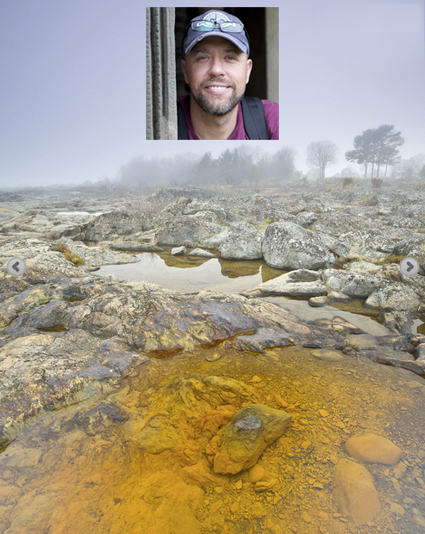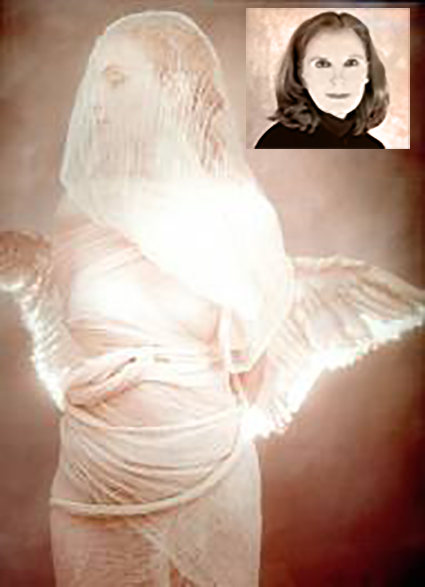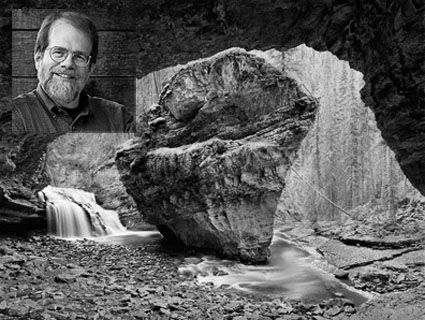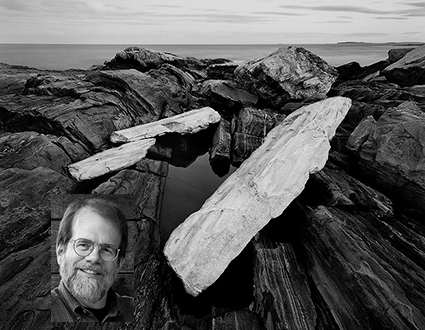33 Quotes By Photographer John Paul Caponigro
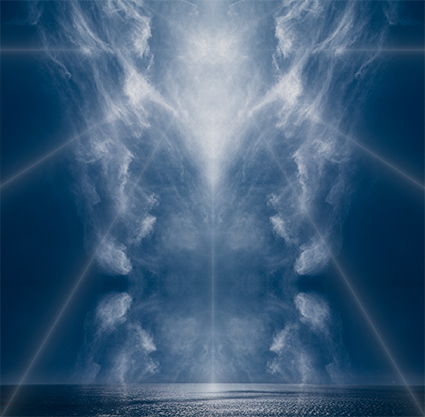
Here are my favorite quotes by photographer John Paul Caponigro.
“A good question has many answers.” – John Paul Caponigro
“It takes asking many questions from many perspectives to truly understand something.” – John Paul Caponigro
“Inquiry is more important than answers, for it is the questions we ask and the way in which we ask them that defines us.” – John Paul Caponigro
“How do we know what we know? Is seeing believing? Is believing seeing?” – John Paul Caponigro
“The most important question is, ‘Am I asking the most important question?’ The second most important question is, ‘Am I asking the most important question in the most important way?'” – John Paul Caponigro
“Don’t ask “‘Should I …?’. Instead, ‘Ask what happens if I …?'” – John Paul Caponigro
“Action tests ideas.” – John Paul Caponigro
“It’s one thing to record the appearance of something, it’s another to share what it truly means to you.” – John Paul Caponigro
“Capturing the light reflected off things is different than being captured by them.” – John Paul Caponigro
“Seen from one perspective, photography is much more about elimination than inclusion. The images we make with a lens typically eliminate eighty percent of our field of view and everything that is out of our field of view. The shutter slices time, eliminating all moments before and after it opens and closes. Three dimensions are reduced to two. And in some cases color is removed. Can we accurately call these kinds of artifacts unaltered? The act of creation is an alteration.” – John Paul Caponigro
“Every photograph is altered, to one degree or another.” – John Paul Caponigro
“Images are altered in many ways, to many degrees, and for many reasons, so it’s important for viewers to be informed of both.” – John Paul Caponigro
“It’s important that we regularly reconsider, revise, and expand our practices, as our capabilities and needs evolve, both to strengthen our understanding of them and to promote our awareness of new practices and their conscientious uses.” – John Paul Caponigro
“We don’t have enough words for photography. Can you imagine writers having only one word for writing?” – John Paul Caponigro
“Listen carefully. The way(s) we speak about things is revealing.” – John Paul Caponigro
“Many times we are tempted to defer to the documents we create, rather than the direct experiences we have.” – John Paul Caponigro
“Very often there is too little information in photographs to deduce how they were made and even what they represent. We rely on context and supplemental information to confirm our observations, not simply the documents themselves.” – John Paul Caponigro
“Different people can photograph the same things with the same tools and create such different images.” – John Paul Caponigro
“We are the strongest filter we can place on the lens. We always point the lens both outward and inward.” – John Paul Caponigro
“We’re responsible for everything that’s included in the frame. We’re also responsible for what’s not included in the frame. We’re responsible for the way we frame the world.” – John Paul Caponigro
“The frame frames a frame of mind.” – John Paul Caponigro
“We see the world through our experience.” – John Paul Caponigro
“Photography extends our perception allowing us to see and experience more – second hand.” – John Paul Caponigro
“Photographs are never records of the way things are; they’re records of the way things were.” – John Paul Caponigro
“Surfaces simultaneously reveal and conceal.” – John Paul Caponigro
“All photographs are about light. The great majority of photographs record light as a way of describing objects in space. A few photographs are less about objects and more about the space that contains them. Still fewer photographs are about light itself.” – John Paul Caponigro
“A photograph is an invitation to look – and to look at looking.” – John Paul Caponigro
“Many oriental cultures make a distinction between two ways of looking – ‘hard eyes’ and ‘soft eyes’. When we look with hard eyes, we see specific details with sharp focus, but we don’t see the relationships between different details as well. When we look with soft eyes we see the relationships between everything in our field of vision, but with this softer focus, we don’t see all the details as clearly. It’s possible to look in two ways at once.” – John Paul Caponigro
“Looking and seeing are two different things.” – John Paul Caponigro
“Seeing creates growth.” – John Paul Caponigro
“The best plans evolve.” – John Paul Caponigro
“We talk about the vulnerability involved in sharing our work publicly. I don’t think we talk enough about the real vulnerability involved in making art; if we truly engage the process we are changed by it.” – John Paul Caponigro
“Art is a journey of discovery.” – John Paul Caponigro
“Through the experience of art, the powers of perception and transformation can be awakened, in both those who create it and those who re-perceive it.” – John Paul Caponigro
“It’s one thing to make a beautiful thing; it’s another thing to make a living thing.” – John Paul Caponigro
“My mantra is, ‘This or something better.'” – John Paul Caponigro
Read our conversation here.
Read more photographer’s quotes here.



